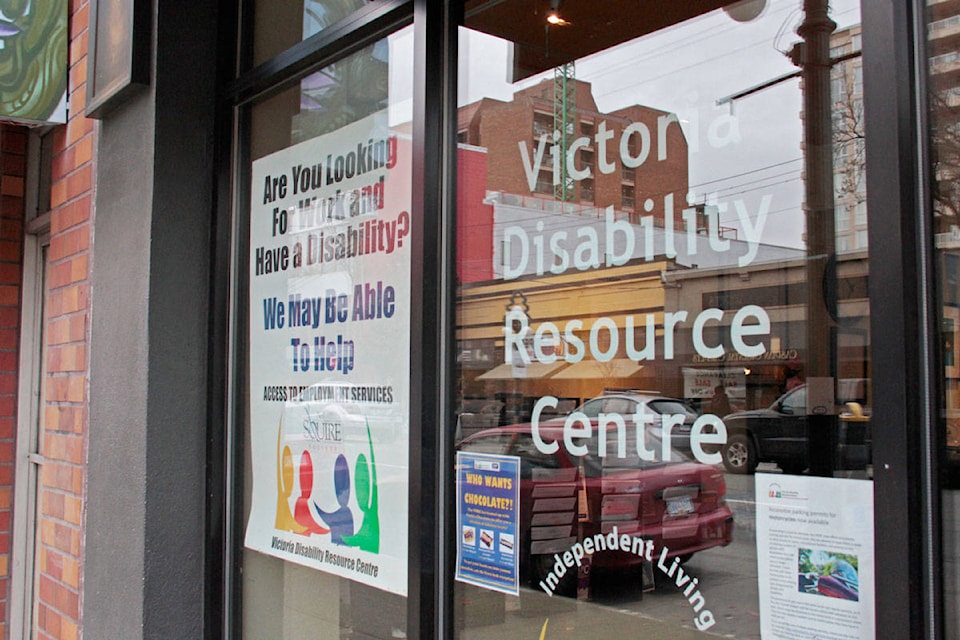It’s been five years since the last time Statistics Canada released a survey on disabilities in Canada, and this one is updated with more inclusive questions.
“I think that gives a better representation of persons with disabilities,” Wendy Cox, the executive director of the Victoria Disability Resource Centre, said.
On Nov. 28, Statistics Canada released the results of its 2017 Canadian Survey on Disability, which is available to read online, in audio format or an American Sign Language video. Roughly 50,000 people across the country responded to the survey, not including people living on First Nations reservations or in institutions.
“What struck me was the number of people with disabilities increased so much. Particularly three areas — seeing, developmental and mental health — almost doubled in five years, which was interesting,” Cox said.
READ MORE: B.C. needs disability act: Victoria council
She added that the difference in numbers could be that more people responded to the survey, especially since participants could fill it out online, which she said would have helped people who are blind or partially sighted.
At the Victoria Disability Resource Centre, Cox said they serve around 10,000 people a year — an increase of several thousand in the last five years.
In the results of the survey, Statistics Canada also said not to compare the 2012 and 2017 surveys because new questions were included to cover less visible disabilities such as mental health issues and cognitive disabilities.
Cox said the inclusion of episodic disabilities in the survey is also important since many people who are only affected by a disability at certain times don’t always identify as having a disability.
“There has been an increase in acceptance, but I think there’s always going to be a really tough road for people with invisible disabilities, especially mental health disabilities, because they’re so grossly misunderstood. There’s always going to be a stigma around that,” she said.
READ and WATCH MORE: Only half of Victoria’s accessible parking meets basic standards: report
